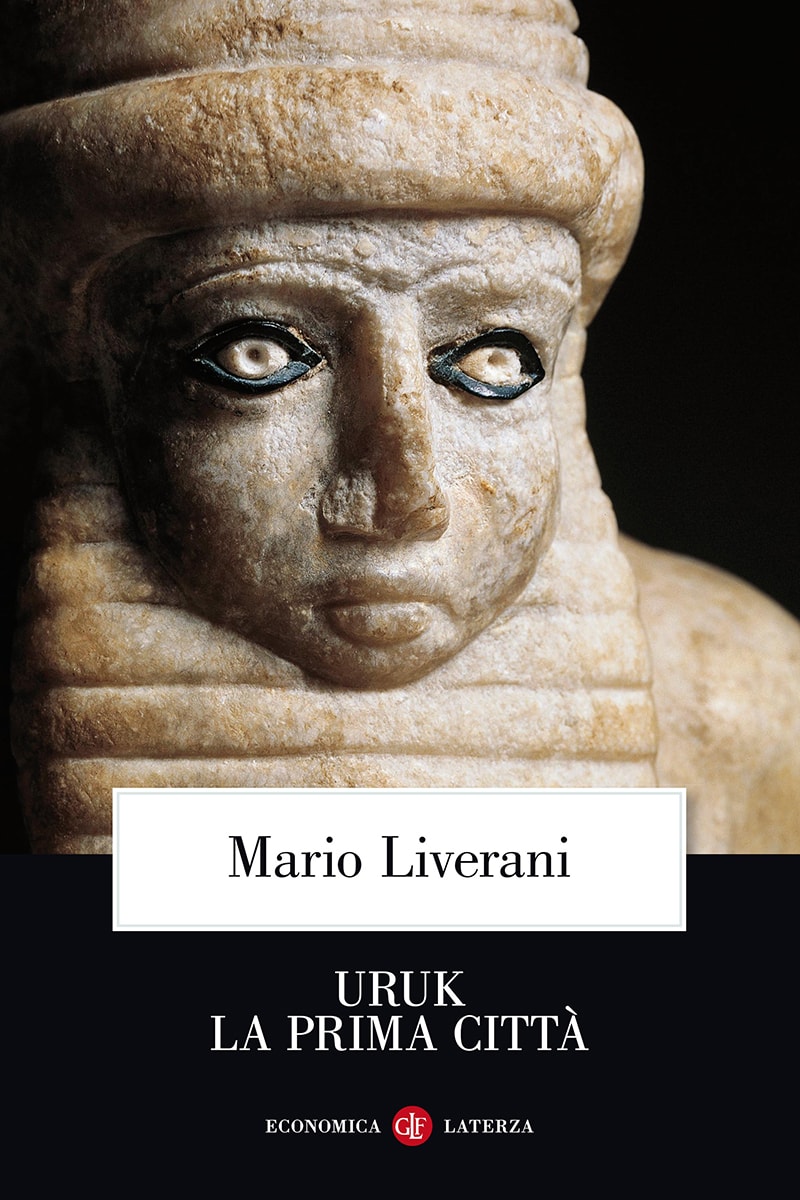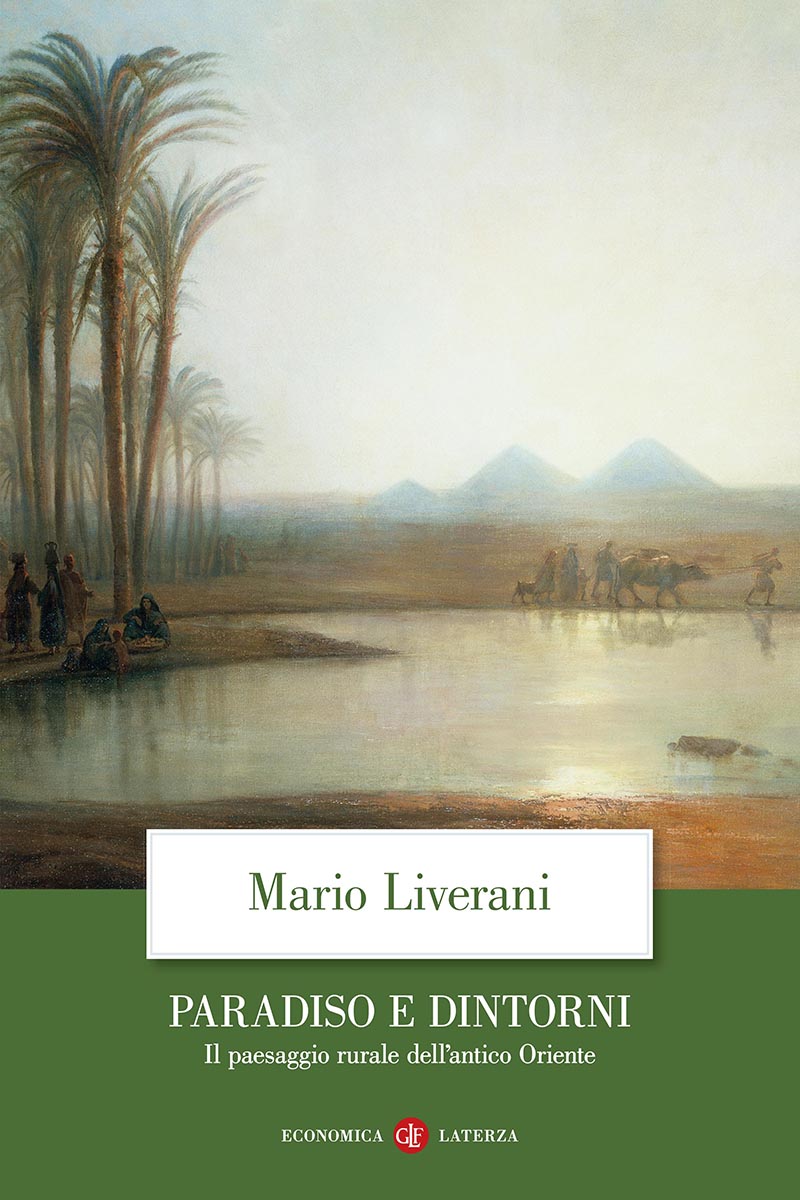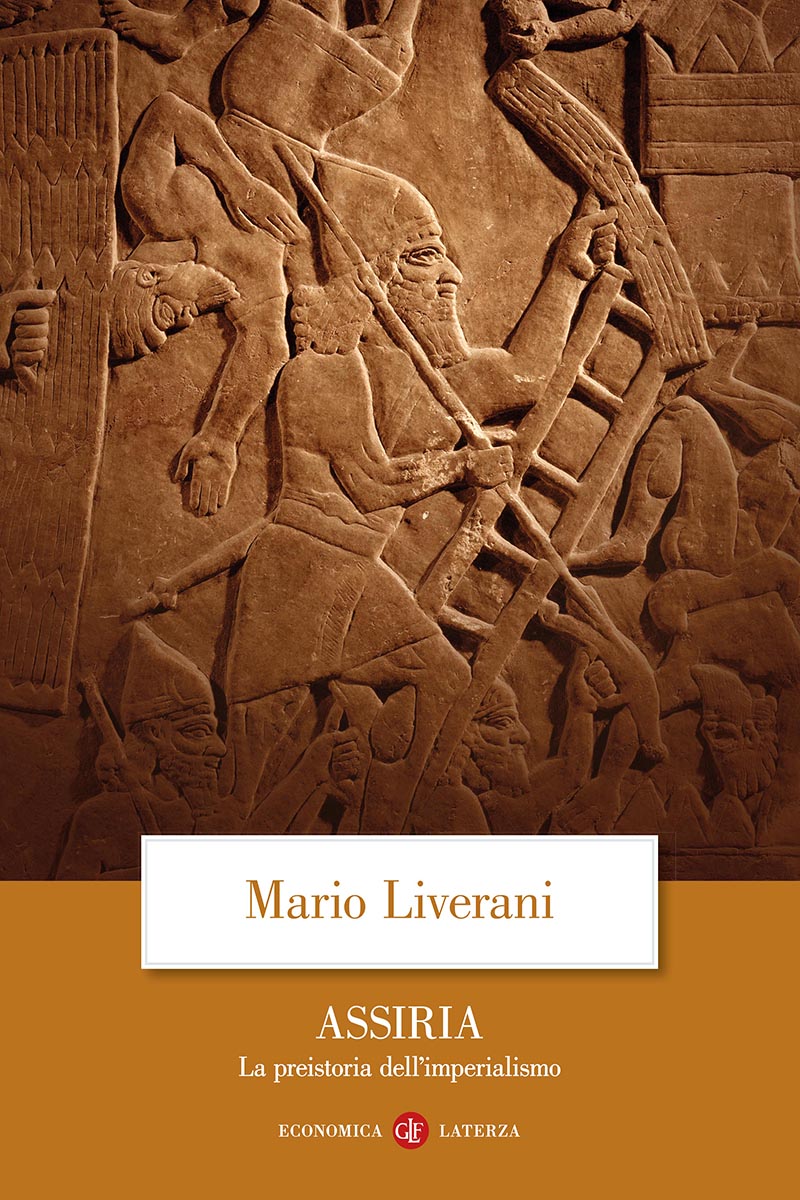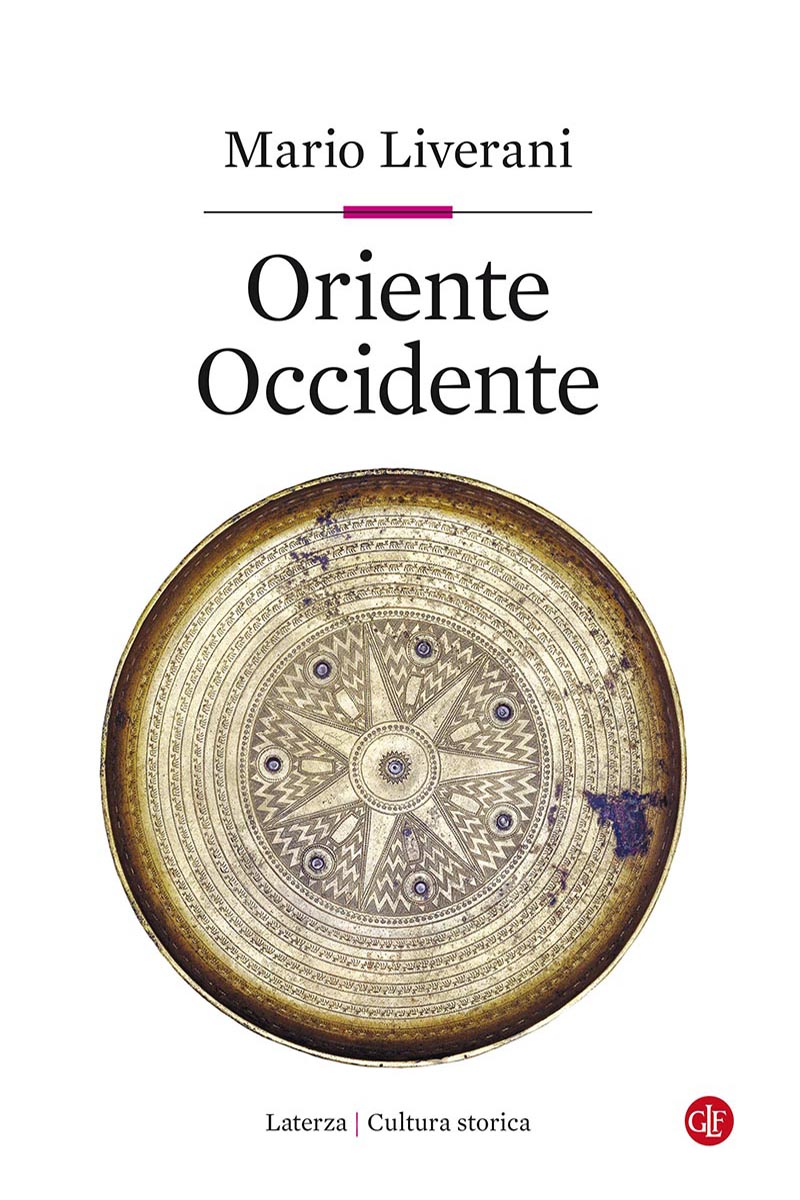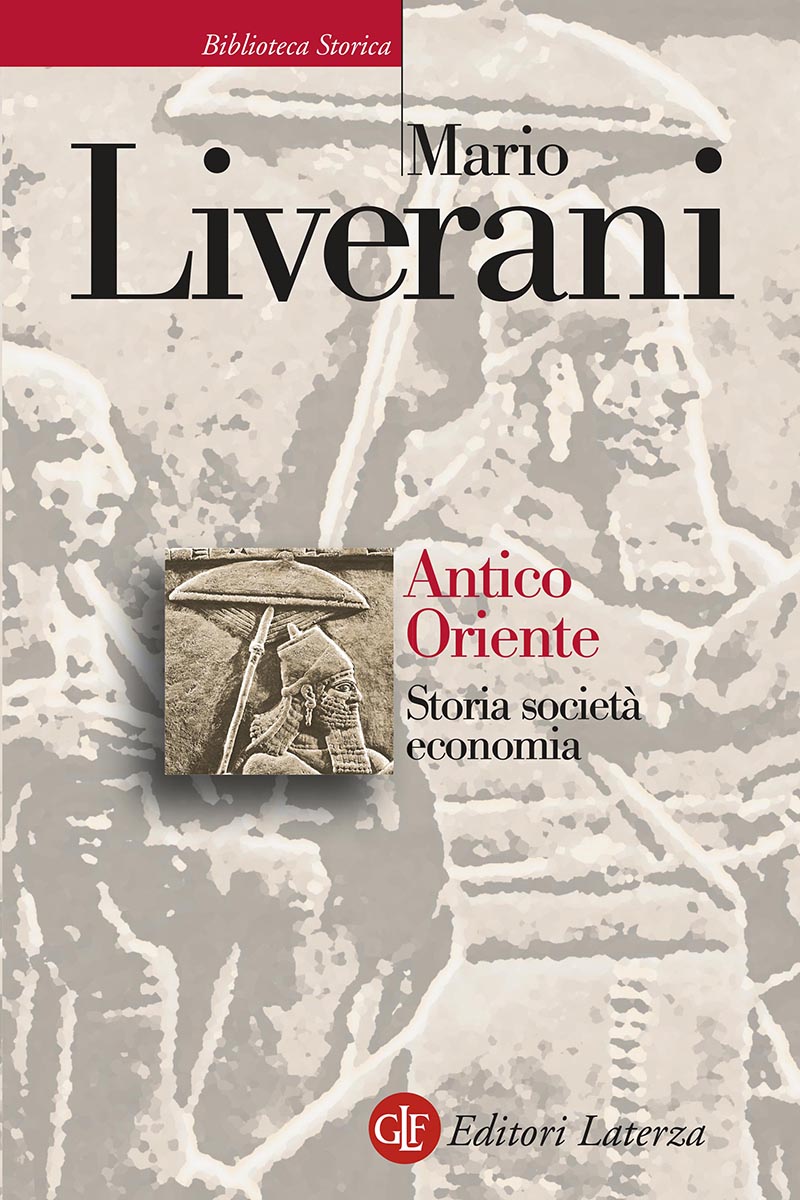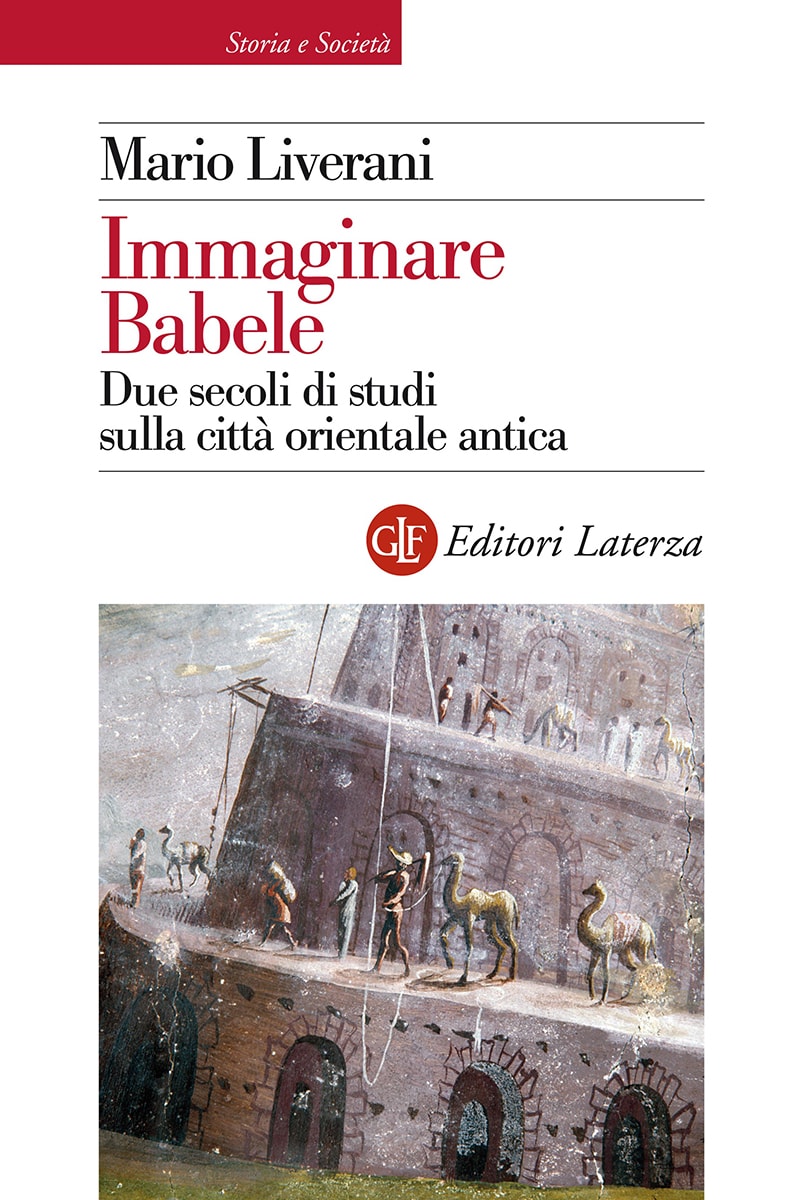
Pages: 538
Series: SS
ISBN: 9788858106518
Imagining Babel. The ancient eastern city
RIGHTS SOLD TO:
Bellaterra (Spagna) - De Grutyer (UK) - Kalima (Emirati arabi)
If that of Babel is a biblical legend, the fact that major cities and gigantic monumental complexes in the ancient near east were razed to the ground and pulverized is a historical certainty. Yet their very existence represents a vital tessera in the history of humanity. After all, the city itself is an Eastern invention. But how can we know them if, apparently, nothing remains?
Italy’s greatest historian of the near Middle East presents the ancient eastern city in all its glory.
Mario Liverani describes how in the course of two centuries, the ancient Eastern cities – Babylonia and Nineveh first and foremost – began to live again, initially only in our imagination, based on biblical passages and sources of classical literature; later, glimpsed by travellers in pursuit of the Tower of Babel in a landscape dotted with shapeless ruins; finally, excavated, described, measured, classified, and interpreted according to the cultural leanings of the scholars who analyzed them. All, in any event, concur in seeing in the eastern city a kind of anti-model or foil to the Western city: the latter based on citizenship, democracy, free enterprise; the former on theocratic despotism, dirigisme, and widespread servitude. After two centuries of excavations, studies and new approaches, it is finally possible to build a clearer picture not just of the research activity but also of its results, restoring to the cities of the Ancient East – with the contribution of such diverse disciplines as ancient philology, the history of urban studies, and computer-graphics – their architectonic and artistic splendour, their urban conglomerations, and socio economic life up to their current exploitation for touristic purposes.


